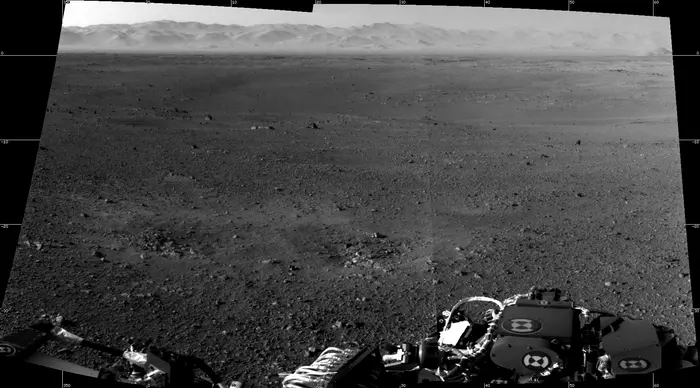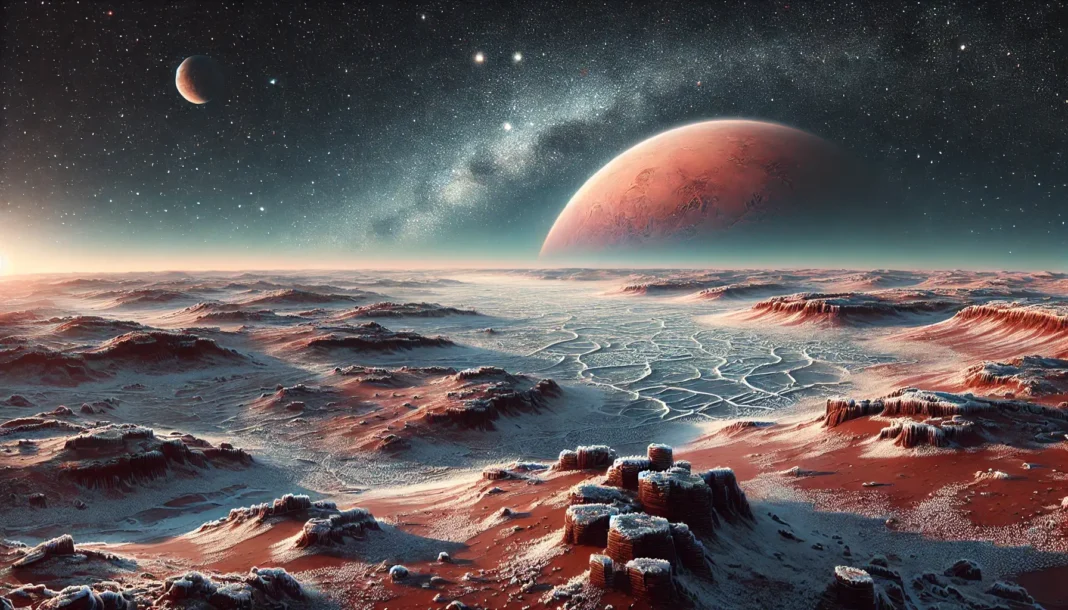A groundbreaking study offers fresh insights into Mars’ past, suggesting that the Red Planet was likely cold and icy rather than warm and wet. This discovery provides significant clues about Mars’ potential to support life. By analyzing soil samples from Mars’ Gale Crater, scientists have found striking similarities to the cold subarctic soils of Newfoundland, Canada.
Published on July 7th in Communications Earth and Environment, the study aimed to find Earth soils comparable to those in Mars’ Gale Crater. Soils are crucial for understanding environmental history, as their mineral content reveals landscape evolution over time. By examining these materials, researchers hope to answer long-standing questions about Mars’ historical conditions.

Gale Crater’s Climate Record
Gale Crater’s soils and rocks offer a record of Mars’ climate from 3 to 4 billion years ago, a period when water was relatively abundant on the planet. This era coincides with the emergence of life on Earth. “Gale Crater is a paleo lakebed—there was obviously water present. But what were the environmental conditions when the water was there?” asks Anthony Feldman, a soil scientist and geomorphologist at DRI.
NASA’s Curiosity Rover, exploring Gale Crater since 2011, discovered various soil materials known as “X-ray amorphous material.” These materials lack the typical atomic structure of minerals, making them difficult to characterize using traditional techniques like X-ray diffraction.
Chemical Analysis and Findings
Curiosity’s chemical analyses revealed that these amorphous materials are rich in iron and silica but low in aluminum. Despite this information, scientists still don’t fully understand these materials or their implications for Mars’ historical environment. Uncovering more about these materials on Earth could help answer persistent questions about Mars.
Research Sites on Earth
Feldman and his team examined soils in three locations: Gros Morne National Park in Newfoundland, Northern California’s Klamath Mountains, and western Nevada. These sites had serpentine soils expected to be chemically similar to Mars’ amorphous materials. The diverse climates of these locations—ranging from subarctic to warmer regions—provided insights into the environmental conditions that produce and preserve amorphous materials.
At each site, the team used X-ray diffraction analysis and transmission electron microscopy to examine soil materials. They found that the subarctic conditions of Newfoundland produced materials chemically similar to those in Gale Crater, while warmer climates did not.
Implications for Mars’ Climate
“This shows that you need the water there in order to form these materials,” Feldman explains. “But it needs to be cold, near-freezing mean annual temperature conditions in order to preserve the amorphous material in the soils.” This study suggests that very cold conditions are crucial for the formation and preservation of these materials.
Feldman concludes, “The results suggest that the abundance of this material in Gale Crater is consistent with subarctic conditions, similar to what we would see in, for instance, Iceland.”
Potential Links:
- Communications Earth and Environment (https://www.nature.com/commsenv/)
- NASA’s Curiosity Rover (https://mars.nasa.gov/msl/home/)
- Gros Morne National Park (https://www.pc.gc.ca/en/pn-np/nl/grosmorne)
- DRI (https://www.dri.edu/)
By focusing on Mars’ icy past, this study enhances our understanding of the planet’s climate history and its implications for the possibility of life.











